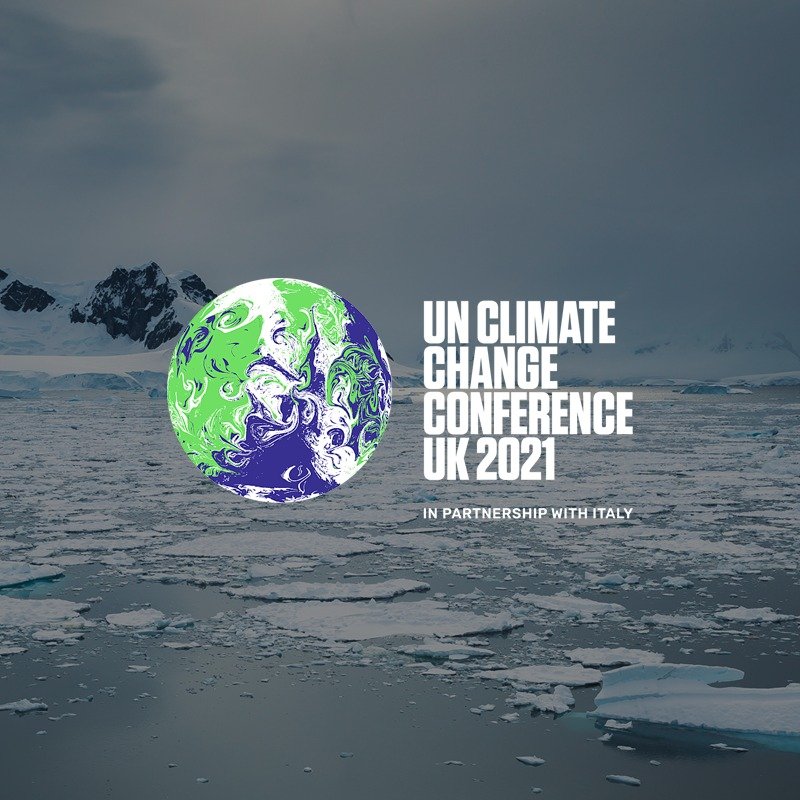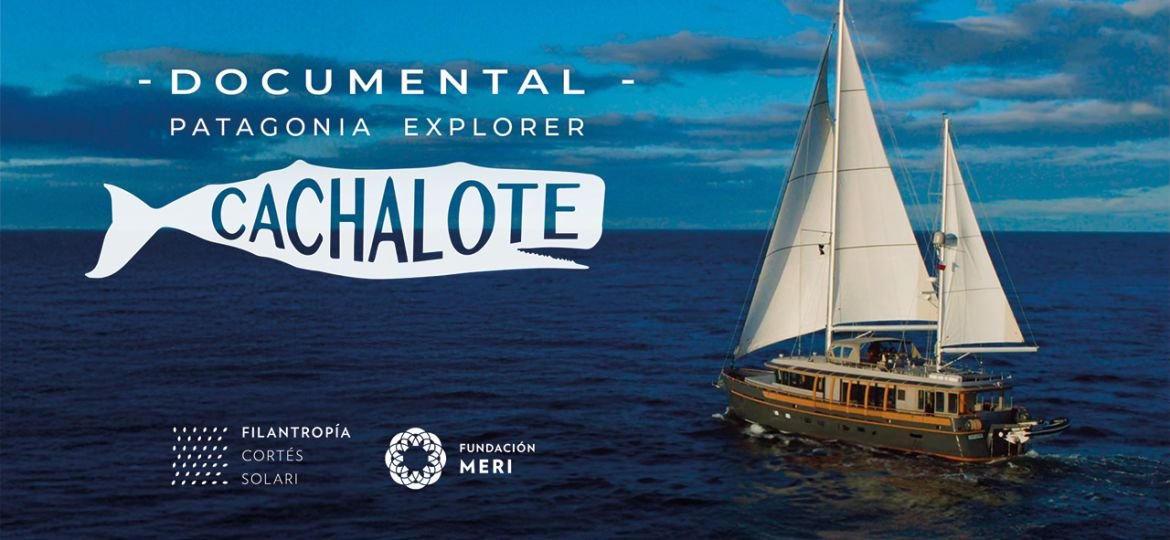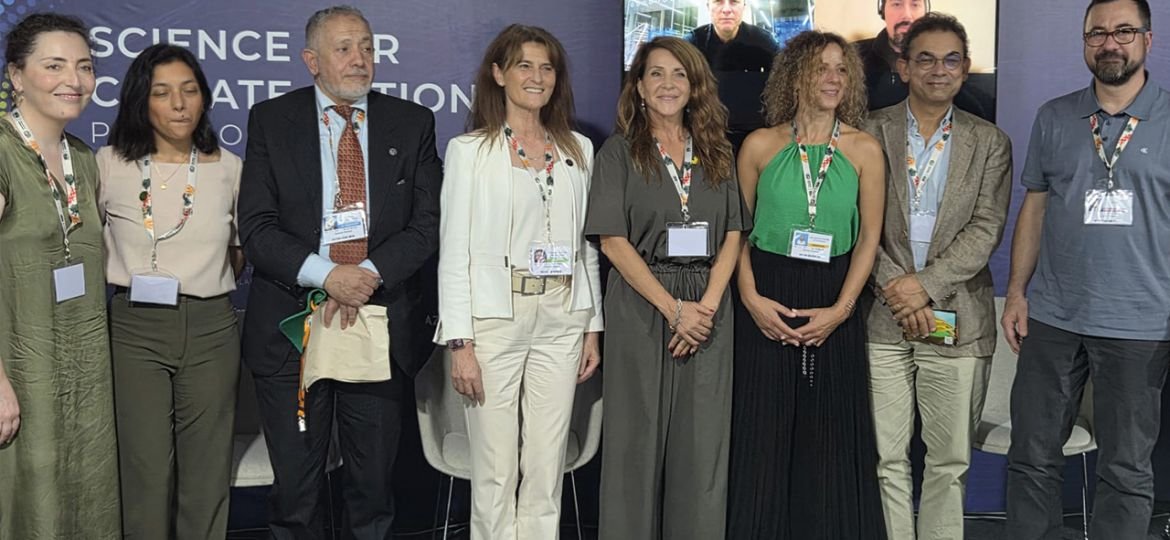Great news! This week brings the most important climate summit in our history; we will find out what the Central Bank was thinking when it announced the biggest rate hike in 20 years; and the Chilean presidential race will enter its final stretch. Today, Yasna Provoste is relaunching her campaign promising a Guaranteed Universal Pension and a tax reform to raise 5 additional GDP points.
Also, in today’s edition of El Semanal: the second part of the investigation on risk, the dark world of factoring investments, private debt, and private investment funds; Eugenio Tironi’s warning to bet on the success of the constituent process because there is no Plan B; BCI and why the peso could reach 900 against the dollar; and 30 and 20-year mortgage loans in danger of extinction.
- CHILE AND GLOBAL WARMING: THE CLIMATE EMERGENCY IS AT THE HEART OF THE AGENDA
The eyes of the world will be on Scotland, where COP26, the new edition of the United Nations Climate Change Conference, kicks off this week. The objective of this meeting is to agree upon and accelerate action on the Paris Agreement. In August of this year, the UN’s Intergovernmental Panel on Climate Change (IPCC) issued its most urgent warning yet about the impact of global warming: humanity faces a race against the clock to avoid the worst consequences of climate change. The red alert came from what is considered to be the most comprehensive report to date on global warming. The panel warned that “the consequences of climate change are irreversible.”
Chile, who should have hosted COP25 but was forced to suspend it due to social unrest, will present the Long-Term Climate Strategy (LTCS). The plan establishes goals and objectives to achieve carbon neutrality and resilience by 2050. According to a report in La Tercera, the strategy was created with the participation of more than 4,000 people, starting in May 2020, as well as input from both the Scientific Committee on Climate Change and the Advisory Committee for Climate Action.
The challenge for emerging markets: where to find a trillion dollars. A report from Bloomberg Intelligence warns that, without a successful transition to a carbon-free economy based on a global commitment, climate risk is unmanageable anywhere. It also points out that developing economies are essential to the global transition –they now account for 34% of global carbon emissions (excluding China)– but lack the capital to finance it. It is estimated that they will need at least US$ 1 trillion per year to achieve net zero emissions by 2050, more than six times the current investment.
The impact of the climate crisis on the Chilean economy. Climate change represents the greatest long-term risk to the world economy, and the Chilean economy is no exception. Doing nothing is no longer an option.
- THE INFLEXIBLE GAS CONTROVERSY: DIRECT IMPACT OF US$ 100 MILLION
What happened? Last week, after a year of processing, the new technical standard of the National Energy Commission (CNE, as per its Spanish acronym) came out. One of its main objectives was to put an end to the controversy of “inflexible gas,” which has unleashed a strong dispute between non-conventional renewable energy (NCRE) companies and the Regasified Liquefied Natural Gas (LNG) industry. The regulator itself said that the new regulation seeks to “avoid the excessive use of LNG inflexibilities to the detriment of renewable energies, seeking to safeguard operation that is safe and more economical.” For the NCRE companies, the new regulation did not change anything, and they claim that rather than solving market distortions, it consolidates the effects on the market that they have been denouncing.
A 100-million-dollar fight that threatens the strategy of moving towards a 100% green energy matrix. The argument of medium and small renewable energy companies is that plants that operate on the basis of liquefied natural gas (LNG), unlike other fossil fuels, can make use of a specific regulation that allows them to declare part or all of their purchases as “inflexible.”
- RISK: FACTORING, PRIVATE INVESTMENT FUNDS, AND PRIVATE DEBT: PART 2
Last week, we reported on one of the big concerns in the market: the billions of dollars moving into factoring, private investment funds (PIF), and private debt funds. There is a growing consensus in the industry that this is where the real risk to the stability of the system lies. Regulations are weak, there is little transparency, and conflicts of interest abound. According to the Financial Market Commission (CMF, as per its Spanish acronym), there are a total of 669 PIFs managing assets of almost US$ 7 billion. There are no official figures on private debt funds, but the market is talking about figures of between US$ 1.5 billion and up to 6 times that number if private real estate funds are included. According to a Feller report, as of March of this year, total non-bank factoring placements were around US$ 1 billion.
The problem is not only Chile. The consulting firm S&P says the global private debt market held by investment funds is more than US$400 billion. It points out that private debt is a little-known corner of finance, with less transparency and liquidity than traditional fixed income and syndicated credit markets. S&P also warns that an expansion of the investor base could lead to greater risks if it generates higher volatility.
A warning to investors. They say they are looking for a hasty exit, where lack of liquidity is a key risk, as private debt instruments are not normally traded in a secondary market. “This cloudiness limits market discovery and, often, lenders must be willing and able to hold debt to maturity. At the same time, private debt funds targeting individual investors may represent a risk if they are vulnerable to waterfall payouts, which could force asset sales.”
The difficult search for a new exchange rate balance. This is the title of a report published this week by BCI, which explains the difficult situation faced by the Chilean peso. It is the currency that has fallen the most against the dollar. The document warns that the exchange rate continues to rise and is reflecting uncertainty about future economic policy, even though the price of copper is rising, and other comparable currencies have been appreciating.
The real exchange rate (RER) is at its highest level since 1990 and is facing structural changes. BCI’s analysis explaining the scenario that would lead the peso to trade at 900 against the dollar.
- THREE QUESTIONS FOR EUGENIO TIRONI: “WE ARE LIVING THE FIRST POST-NEOLIBERAL, PARITY, AND INCLUSIVE EXPERIMENT, LED BY MILLENNIALS.”
For many, Eugenio Tironi is one of the emblematic figures of La Concertación and of the now much questioned last 30 years (since the return to democracy). He is the former leader of MAPU and founding member of “el partido del orden.” He worked on the second floor of La Moneda in Patricio Aylwin’s government and was one of the key men of the NO campaign in opposition to the military regime in 1988. The sociologist and now president of the consulting firm Tironi y Asociados, has just published “Capitalismo chileno en el diván” (Chilean Capitalism on the Couch), where he puts the social outburst, the pandemic, and the constituent process in the context of the Chilean model.
In this brief interview, he states that the cost we are paying for moving towards a new model could have been lower if we had followed the path proposed by Michelle Bachelet’s second government. He also says that we must bet on the success of the constituent process because there is no Plan B and adds that what we are living is the first post-neoliberal, parity experiment, with the inclusion of native peoples, and led by the millennial generation.
-It has been 2 years since the social outburst, we went through a pandemic and now we are in the middle of a constituent process. In these two years, we became poorer, as a country we got into debt and institutions continued to collapse. Is this the cost of the transition to a new, more inclusive, and less unequal model, or could the process have been channeled in a different way?
- NO HEELS OR TIES
–PwC’s partners reach into their pockets and offer almost US$ 50 million to the Pension Fund Administrators. The objective is to reach an agreement after the Supremazo that forced the consulting firm to pay more than US$ 100 million to AFP Provida, Capital, Cuprum, Habitat, and Plan Vital, for its role as external auditor in not having detected the fraud of La Polar in time.
The dilemma for the Pension Fund Administrators. If they push for a higher figure, they risk PwC’s viability and bankruptcy. The nearly US$ 50 million was contributed by the current partners, an insurance company, and a portion in the form of loans from the US company.
PwC’s argument. They emphasize that they are the only ones facing the music, that they are a company formed by local professionals who are making a great effort to find a solution. They admit that it has been very hard for everyone at the firm and that they have learned lessons.
Source: El Mostrador





